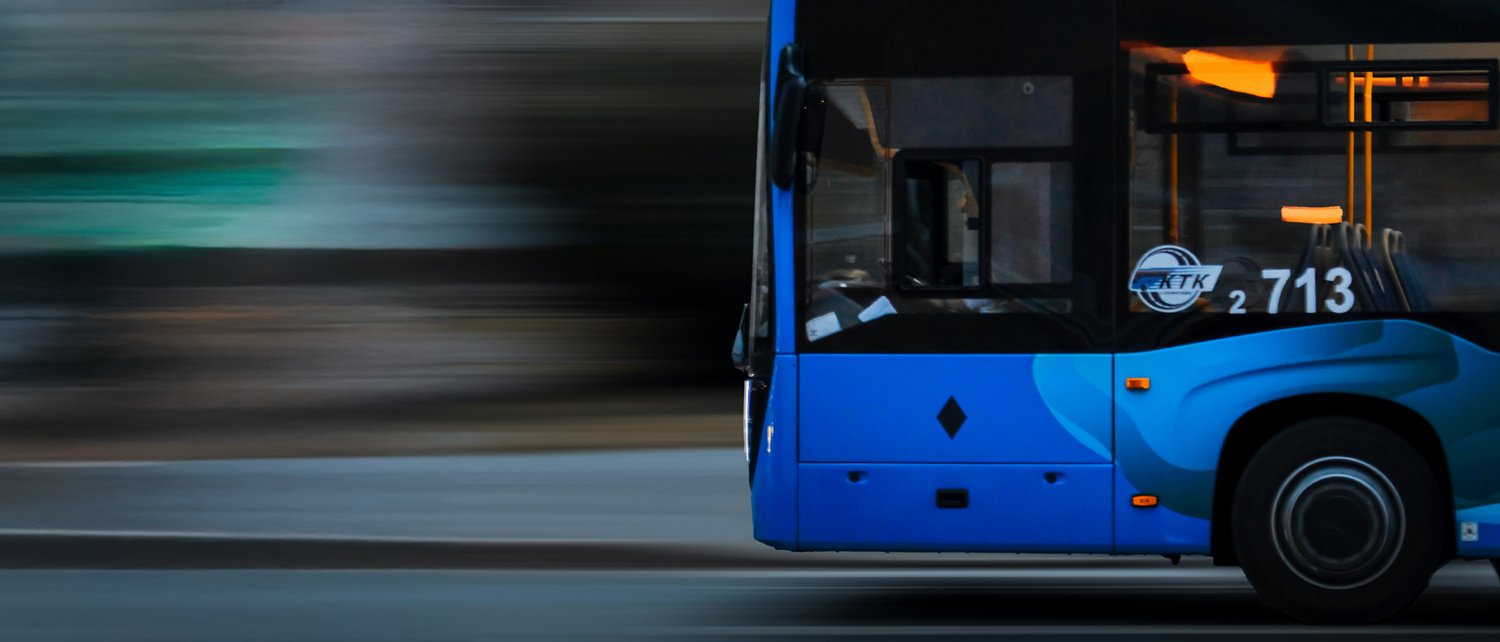
Bringing UX to a Developer-Driven Transit Startup
How do you introduce UX to a company where design had no prior role?
As the first UX/UI designer at Strategic Mapping, I improved usability, streamlined workflows, and embedded design thinking into a highly technical, developer-led environment.
Strategic Mapping
Toronto-based end–to–end GPS tracking software and hardware provider, serving North American transit agencies such as TTC, MTO (NY), DCTA, etc.
My Role - UX/UI/Product Design
Challenge:
No UX,
Developer-Led Team
The Beginning - Proving Design’s Value Through Small Wins
Before: Software was built entirely by engineers and developers with no design expertise.
Problem 1: Dispatchers Lacked Instant Visibility into Fleet Status
Strategic Mapping’s CAD/AVL system provides real-time fleet tracking, schedule adherence monitoring, and performance insights for transit operations.
-

BEFORE
❌ Inefficient Scanning: Operating, non-operating, and idle buses were grouped in separate tables, requiring constant scrolling to track status.
❌ No Visual Cues: Fleet data was text-heavy, making it difficult to spot critical status changes at a glance.
❌ Map Limitations: Only two colors. -

AFTER
✔ Introduced color-coded dispatch UI → Made real-time issues instantly visible.
✔ Designed a new dynamic bus direction icon → Improved map readability without distorting vehicle rotation.
✔ These small but high-impact UX wins built trust and made design a core function.
Driver Embedded Devices
(For Bus Operators)
Designed touchscreen interface for drivers to access routes, stop locations, passenger count, and engine diagnostics. Status of these crucial components is available in real–time or historically by the user via intuitive web–based UI.
Key UX/UI Improvements:
Clear navigation & task flows → Faster access to critical trip information.
High-contrast UI → Ensured readability in all lighting conditions.
Simplified data input → Reduced driver distraction while on the road.
Mobile Passenger Apps (For Riders Tracking Transit)
Designed a B2C mobile apps for passengers to track real-time bus locations, schedules and arrival estimates.
Key UX/UI Improvements:
✔ Live GPS tracking → Reduced frustration for riders waiting in extreme weather.
✔ Easy routes and schedules selection → Intuitive interface for finding the right bus at a glance.
✔ Account-based login → Allowed workers at remote sites (e.g., Alberta mining fleets) to manage remote commutes.
Check-In Terminals (For Drivers Signing In/Out)
The Check-In Terminal fully automates the vehicle sign-in/sign-out process, eliminating the need for paper and clipboards. It provides operators with scheduled work assignments, service changes, and vehicle locations, integrating with payroll and time-tracking systems.
Key UX/UI Improvements:
✔ Touchscreen-optimized for fast check-in without typing errors.
✔ Multiple authentication options → Employee ID, password, or swipe card.
✔ Status confirmation screen → Reduced errors and ensured compliance.
Impact.
Made UX a core function in product development.
Improved task efficiency across multiple user roles by 30%.
Established visual & workflow consistency in a complex SaaS platform.
Increased accessibility compliance, with an average WCAG conformance score of AA across all products, leading to improved usability for users with disabilities.
This project reinforced the importance of embedding UX within highly technical teams. By proving design’s impact through functional improvements, I helped shift a developer-led company toward more user-centered thinking.






